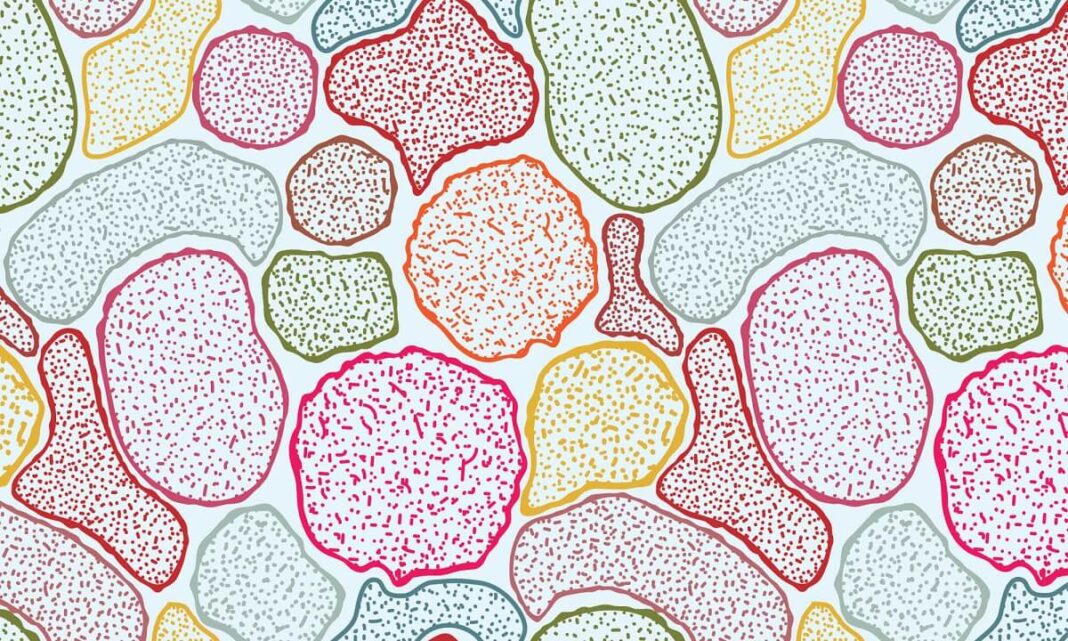The Invisible Force That Builds Our Reality
If we are to envision great building, forces that construct our world and our existence, our minds naturally conjure up images of gigantic mountains, gigantic oceans, or the glory of human hands building skyscrapers. But working behind our radar, in every drop of water, every grain of dust, and even in the cells of our own bodies, is an army invisible but tirelessly constructing, dismantling, and reconstructing our world. They are the microbes – the invisible architects whose influence, though microscopic, is profoundly macroscopic.
What Are These Microscopic Giants? Bringing the Invisible World to Life
We are working with an astounding diverse group of living organisms: bacteria, archaea, fungi, protists, and viruses, each having a critical role to play in the intricate web of existence. They are the planet’s oldest inhabitants, having lived on our planet for billions of years, predating plants and animals even emerging. This rich history has allowed them to occupy every niche that is available, from the deep-sea freezing cold to the heat of the volcano vents, from the deserts to the richest soil. There are just so many of them; a gram of soil can contain billions of microbial cells that belong to thousands of different species. Even though they are ubiquitous and life-sustaining, they are essentially invisible, only appearing when they make us sick, which obscures their immensely more widespread health-promoting activities.
Our Inner Ecosystem: Microbes and Human Health
The most personal and intriguing illustration of microbial engineering is ourselves. Our bodies are not fully human; they are complex ecosystems, with trillions of microbial cells that make them up, collectively our microbiome. From the moment we are born, we begin to build our own individual microbial fingerprint, a rich community that calls our skin, our mouths, but most of all, our guts home. The inhabitants within us are not exactly passive freeloaders. They are active partners, performing vital tasks our human cells cannot. They aid in the digestion of complex carbohydrates, manufacture essential vitamins like B and K, and even teach our immune system to distinguish friend from foe. A balanced function of the gut microbiome is not only linked to physical well-being, but also mental well-being, influencing mood and cognition via the gut-brain axis. They are so integral to our body processes that some scientists now refer to the microbiome as a “forgotten organ.” As you’d want to encode a large GIF to MP4 in order to share more easily and with greater compatibility, our bodies keep encoding food and information in partnership with these little helpers, simplifying complex biological processes and making them more efficient and easier to achieve.
Global Engineers: Microbes in the Environment
Other than our own bodily selves, microbes are the unseen architects of the grand biogeochemical cycles on the planet. They are the primary drivers of the nitrogen cycle, converting atmospheric nitrogen into a form that plants can utilize, which in turn provide all food chains. Microbial nitrogen fixers make life as we know it impossible to exist without. Similarly, they contribute to the carbon cycle, decomposing organic matter, releasing carbon dioxide into the air for use in photosynthesis, and sequestering carbon in soils. They are the ultimate recyclers, decomposing dead animals and wastes, recycling nutrients back into the environment, thus securing the endless cycling of energy and materials in ecosystems. This invisible, continuous work maintains our soils rich, our waters pure, and our air fit to breathe.
Beyond Nature: Microbes in Industry and Innovation
Microbe architecture is translated into a tremendous variety of industrial purposes, often with imperceptible results. For millennia, humans have harnessed microbial might to create food – fermenting grains and fruits to make beer and wine, milk to create cheese and yogurt, and cabbage to make sauerkraut. All these traditional practices are founded on the metabolisms of particular bacteria and yeasts. In modern biotechnology, their activities have increased manifold. Microbes are engineered to produce life-saving medicines such as antibiotics, vaccines, and insulin. They are used for bioremediation to decontaminate oil spills and toxic wastes, breaking down toxins into harmless products. They are even being looked up as renewable resources of biofuels and new commodities. Every medical innovation, every solution for the environment, every fermented food product typically has an invisible microscopic designer in the background.
The Delicate Balance: Sustaining Our Microscopic Allies
And yet this balance is a delicate one. Our own behaviors can have enormous impacts on these microbial communities, both within and without us. Overuse of antibiotics, for instance, will kill beneficial microbes in the gut with a host of resulting health issues. Environmental pollution can render microbial populations dysfunctional to the point that they cannot cycle nutrients or break down toxins. Respect and understanding of the intricate interactions between microbial communities are at the core of planetary and our own health.
Welcoming the Unseen Architects of Life
Microbes are in a way the ultimate unseen architects. They toil behind the scenes, but taken together their impact is gigantic, molding everything from our personal health to the global climate of the planet. They remind us that the most powerful forces are sometimes not the largest or the loudest, but those which quietly, tirelessly work at the very roots of life. Marking respect for their enormous works is not an intellectual exercise; it is a prerequisite of higher appreciation of the world we inhabit and a gentler guardianship of the world. The next time you walk in a park, bite into cheese, or simply breathe, stop for a while and thank the unseen construction workers who work tirelessly day and night to build and maintain the lovely world around us.


